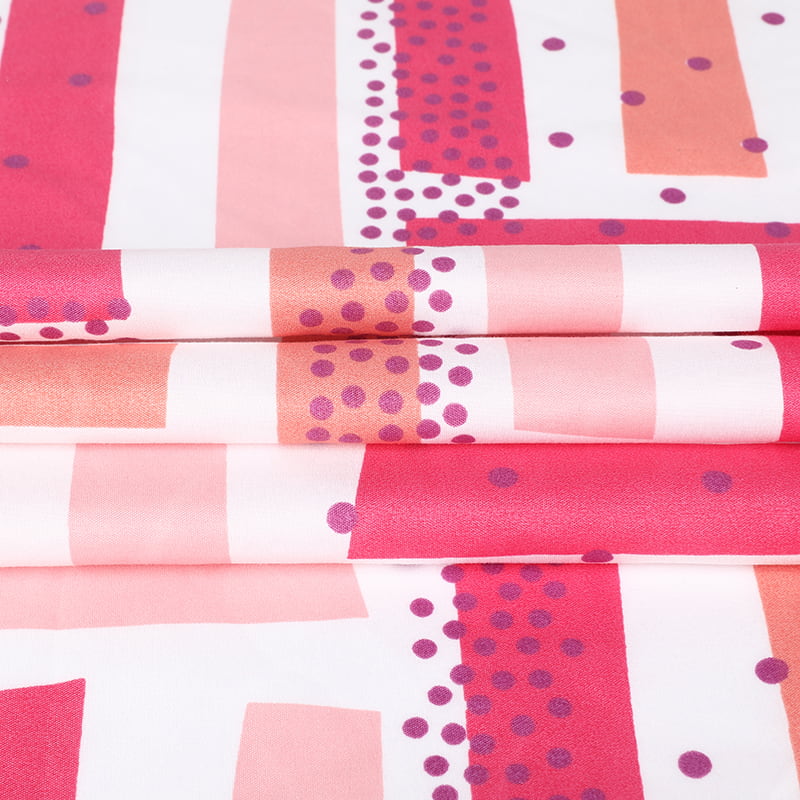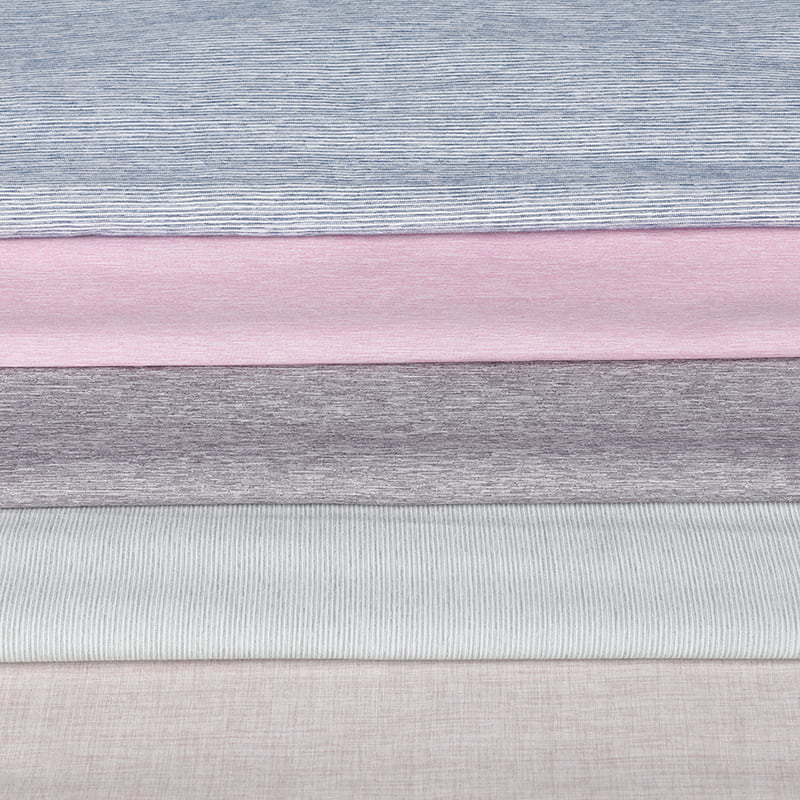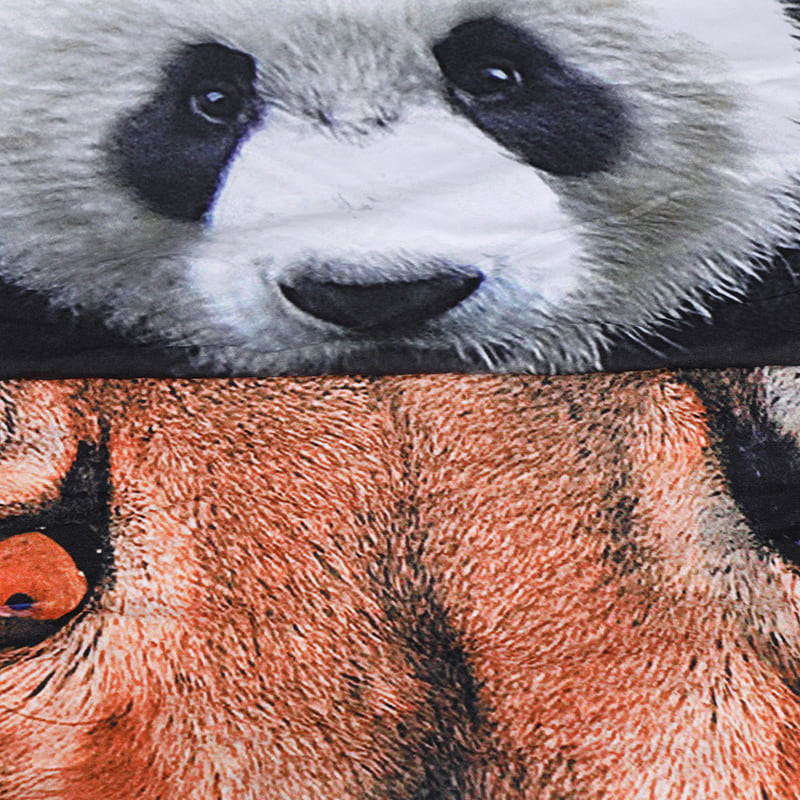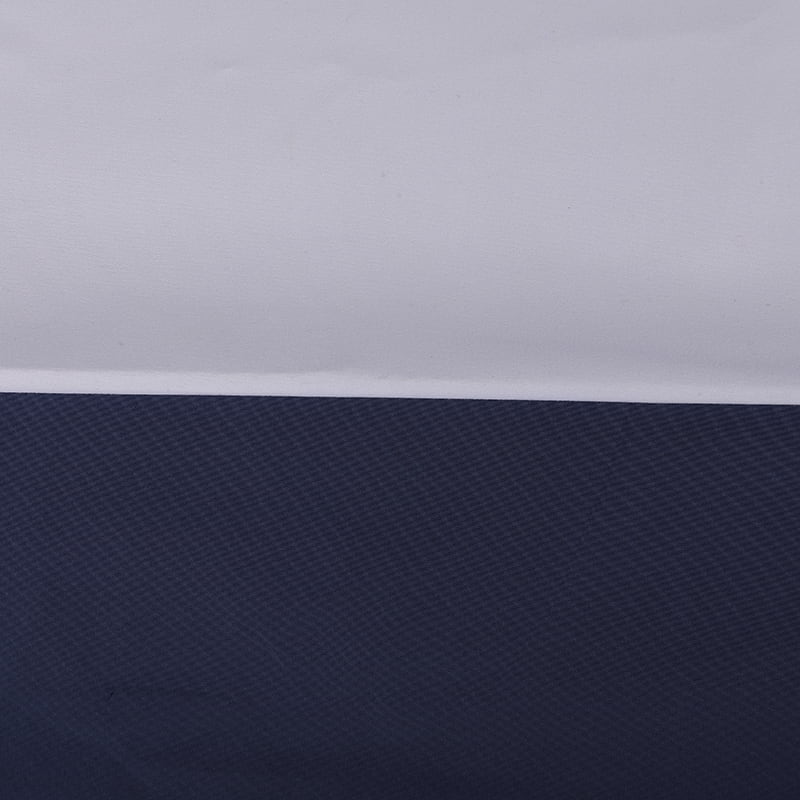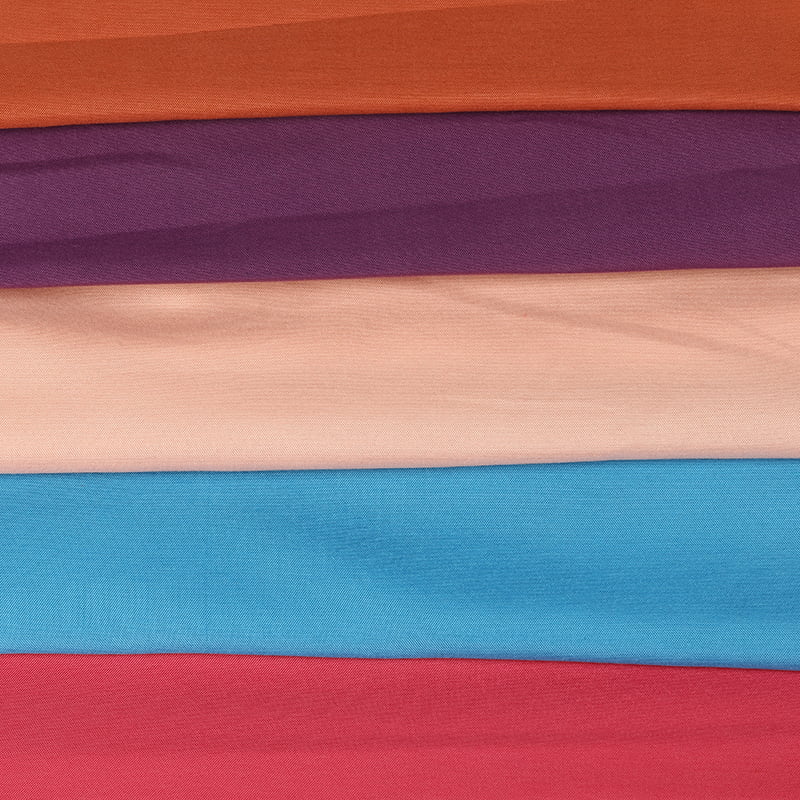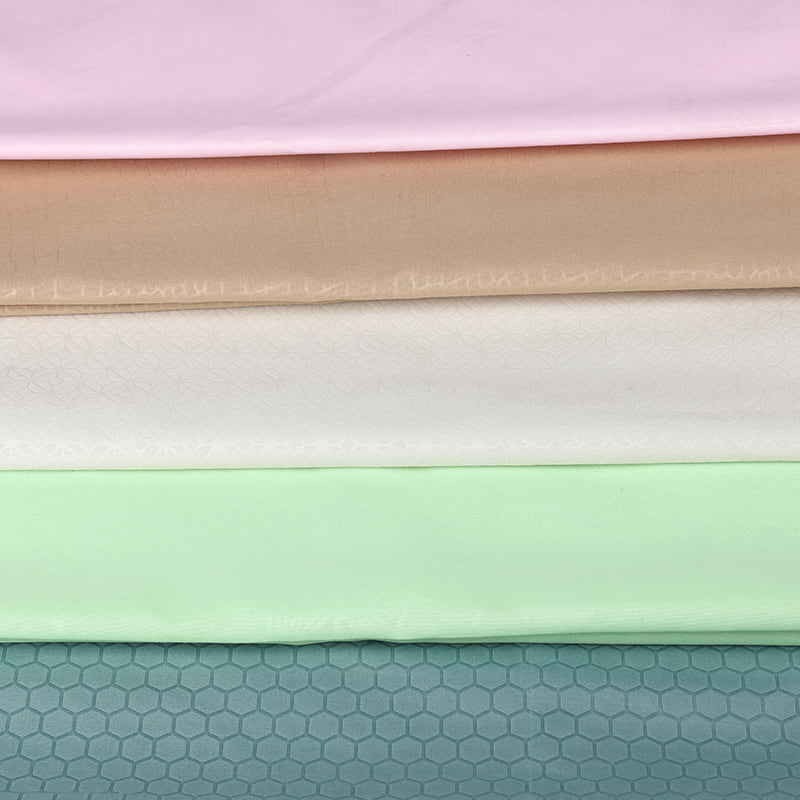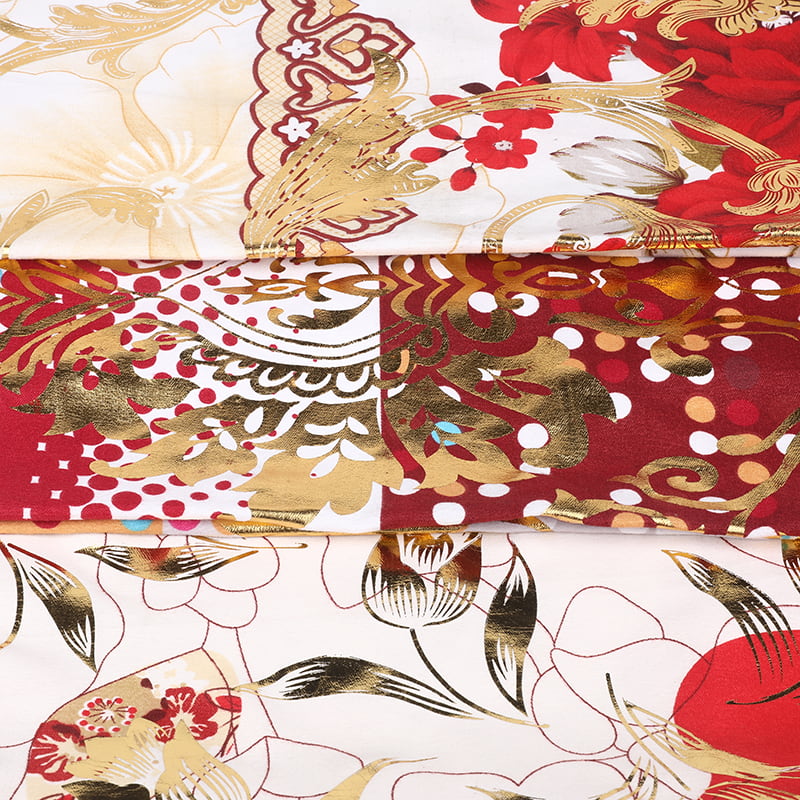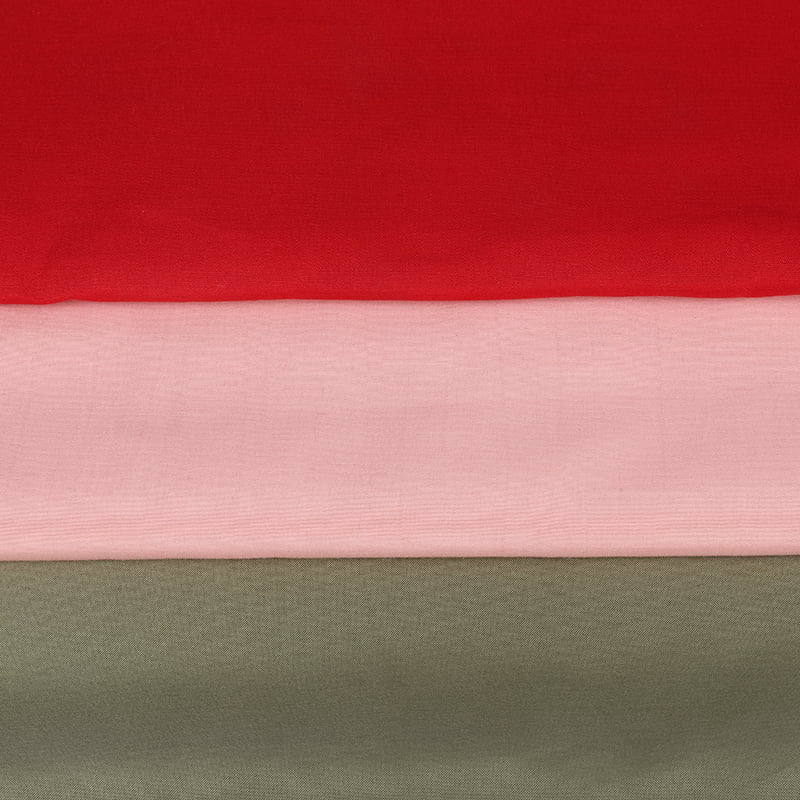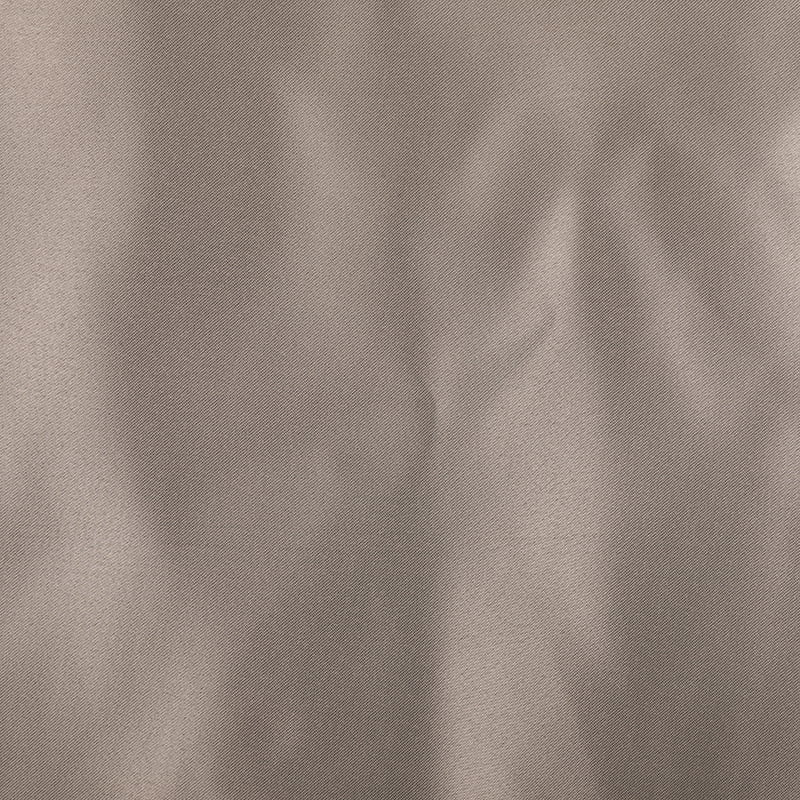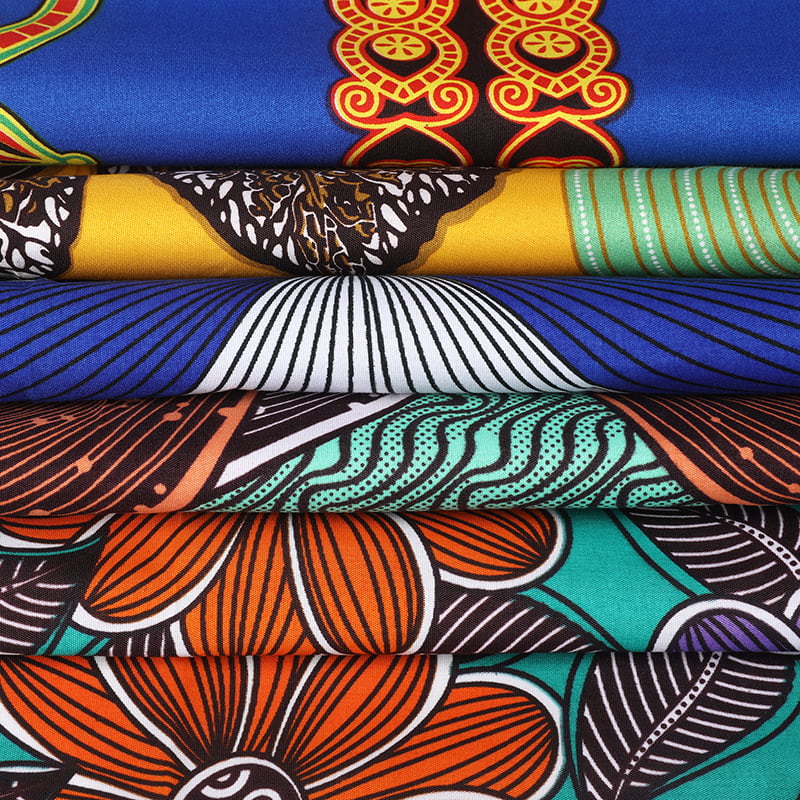Digitally printed fabric has revolutionized the textile industry by providing designers and manufacturers with a new tool to create complex and intricate designs on fabric. Unlike traditional printing methods, digital printing allows for endless design possibilities and color variations, making it a popular choice for fashion, home decor, and even commercial printing.
The process of digital printing involves using specialized inkjet printers to directly apply the design onto the fabric. The design is first created on a computer using specialized software, which is then sent to the printer to produce a high-quality print. This process allows for precise and accurate printing, making it ideal for creating intricate patterns and designs.
One of the most significant advantages of digitally printed fabric is the ability to print on a wide range of fabrics, including natural fibers like cotton, silk, and linen, as well as synthetic fibers like polyester and nylon. This flexibility in printing material has led to an explosion of creative designs and applications, from haute couture fashion to custom upholstery for furniture.
Another advantage of digital printing is its cost-effectiveness, particularly for small or custom orders. Traditional printing methods like screen printing require expensive setup costs and minimum order quantities, making it difficult for smaller businesses and independent designers to produce custom designs. Digital printing, on the other hand, can be done on demand, allowing for smaller print runs and reducing wastage.
Digital printing also has a lower environmental impact than traditional printing methods, as it uses less water, energy, and chemicals during the printing process. It also allows for greater control over ink usage, reducing ink waste and minimizing the environmental impact of printing.
Despite these advantages, there are also some limitations to digital printing. One of the biggest challenges is achieving accurate color reproduction, as colors can vary depending on the fabric type and printing process. However, advancements in technology and color management systems have helped to address these issues, allowing for more consistent and accurate color reproduction.
Another limitation is the production speed, as digital printing can be slower than traditional printing methods. However, this is offset by the flexibility and cost-effectiveness of digital printing, making it a popular choice for smaller orders or custom designs.
In conclusion, digitally printed fabric has transformed the textile industry by providing designers and manufacturers with a new tool to create intricate and custom designs. With its flexibility, cost-effectiveness, and lower environmental impact, digital printing is set to become a dominant force in the industry, enabling new levels of creativity and innovation in fabric design.






